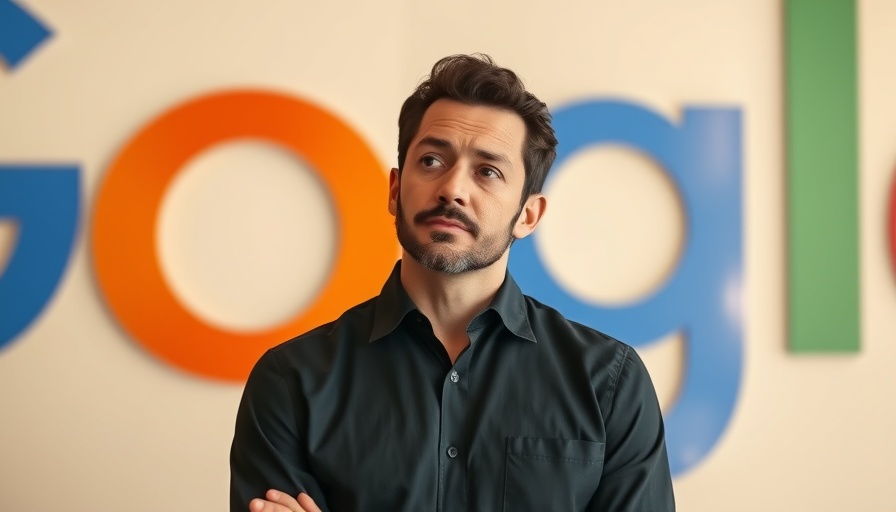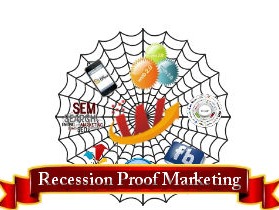
Google's Unexpected Decision: A Look at the URL Shortener Saga
In a surprising twist, Google has reversed its earlier decision to fully deprecate its goo.gl URL shortener service, announcing that it will continue supporting select shortened links beyond the originally planned end date. This announcement has significant implications for users relying on these links for both casual and professional use.
Why Was the URL Shortener Service Declared Redundant?
The goo.gl URL shortener was launched back in 2009 as a convenient tool for simplifying URLs, making them easier to share on platforms like social media and via email. However, Google declared in 2018 that it would end support for the service, citing that about 99% of the shortened links generated no traffic.
This revelation raised questions regarding the efficacy of such tools amidst evolving digital communication practices. As the company transitioned to support other digital solutions, they initially planned to sever ties entirely with goo.gl by August 25, 2025. However, their user base showed strong resistance to this decision.
User Feedback Sparks Change
On August 1, 2023, Google took a step back after receiving feedback about its plans to cut support completely. In response to customer concerns and the realization that many users depend on existing links, Google announced its adjustment to the plan—it would continue supporting goo.gl links that still receive traffic.
This change reveals a more user-centric approach, as Google acknowledged that many shortened links are embedded in various important documents, videos, and posts, thus constituting a critical part of users' ongoing digital engagement.
What Does This Mean for Users?
For users who have been utilizing the goo.gl service, this update is pivotal. Google has stated that users should check their links; if a warning message appears that a link will cease to work, it implies that action is required before the August 2025 deadline. For links still receiving traffic, however, users can rest assured that they will continue to function normally.
This adjustment by Google not only acknowledges user reliance on its service but also emphasizes the importance of user feedback in shaping product decisions—a trend increasingly seen across tech companies.
Relevance in Today's Digital Marketing Landscape
URL shorteners like goo.gl play a vital role in search engine strategies and online marketing. They are often used in SEO campaigns, helping to track the performance of marketing links and improve user experience.
Nonetheless, marketers need to consider alternatives and best practices when relying on URL shorteners. With the digital marketing landscape constantly evolving, it is crucial to have contingency strategies in place.
The Future of URL Shortening Services
As we look ahead, the future of URL shortening services may be defined by how companies adapt to changing user needs and feedback. With rising regulatory concerns around data privacy and the importance of user experience, companies must strike a balance between technological innovation and reliable customer service.
Whether companies opt for created proprietary URL shorteners or partner with established platforms, user engagement will likely remain at the forefront of development decisions.
Final Thoughts
Google’s decision to continue some URL shortener services underscores the importance of customer feedback in technological decision-making. As a user, maintaining awareness of the status of your links and the future of the tools you share is essential.
Make sure to regularly revisit your shortened links as the deadline approaches, ensuring that your digital resources remain accessible long into the future.
 Add Row
Add Row  Add
Add 




Write A Comment